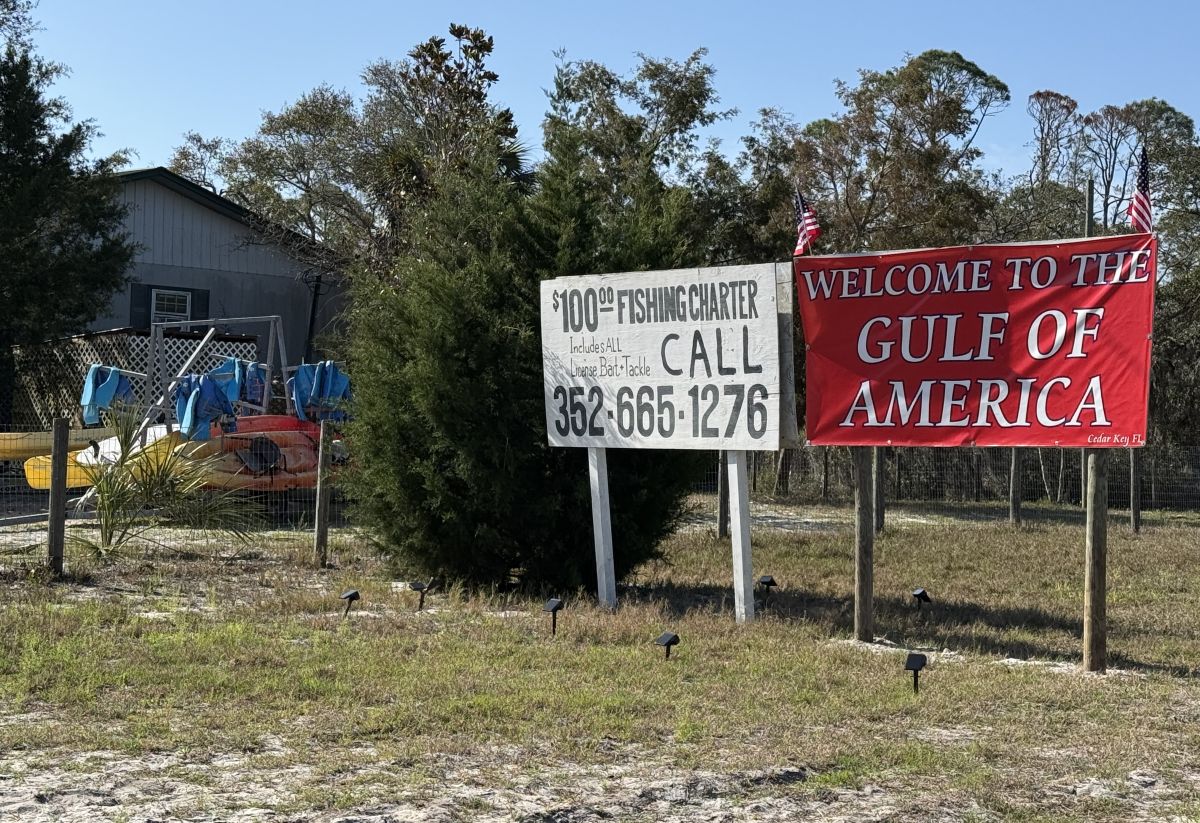
Remember what it was like to buy beer at a brewery five years ago? This was taken during an April 2020 shopping trip to Halfway Crooks in Atlanta
A couple of weeks ago, Ted Gioai wrote about The State of the Culture, 2025 and that the first rule is’ “The culture always changes first. And then everything else adapts to it.” Keep that in mind during the suggested reading first up today.
This Bud’s not for you. Wednesday, Dave Infante dedicated almost a thousand words to express his dismay with an op-ed piece in the New York Times that served to promote the recently published “Last Call for Bud Light,” as well as whatever author Anson Fericks is doing to make money these days. Spoiler alert, Infante concludes, “In service of his political project, Frericks blamed the wrong bogeyman for ABI’s woes.”
I did not read the op-ed, but I am willing to agree because I have read (skimmed) the book. I was one of six books, now four, that I had on hold waiting from them to move from “on order” to “in processing” to “ready.” It arrived two days before another book, and it didn’t take me too many pages to realize I would rather be reading the second one.
Were I to write about it for The Session #145 — Critique not Criticism — in the spirit of what Matt Curtis has asked for, I would forego the easy criticism to focus on something that isn’t there. (Beyond an index. I don’t think you can call a non-fiction book without an index a real book.)



 Perhaps because my brain is pretty much fried every day by the latest shenanigans elsewhere, even after reading Boak & Bailey’s broader explanation of how we might approach the topic for the Session #144 the headline (
Perhaps because my brain is pretty much fried every day by the latest shenanigans elsewhere, even after reading Boak & Bailey’s broader explanation of how we might approach the topic for the Session #144 the headline (